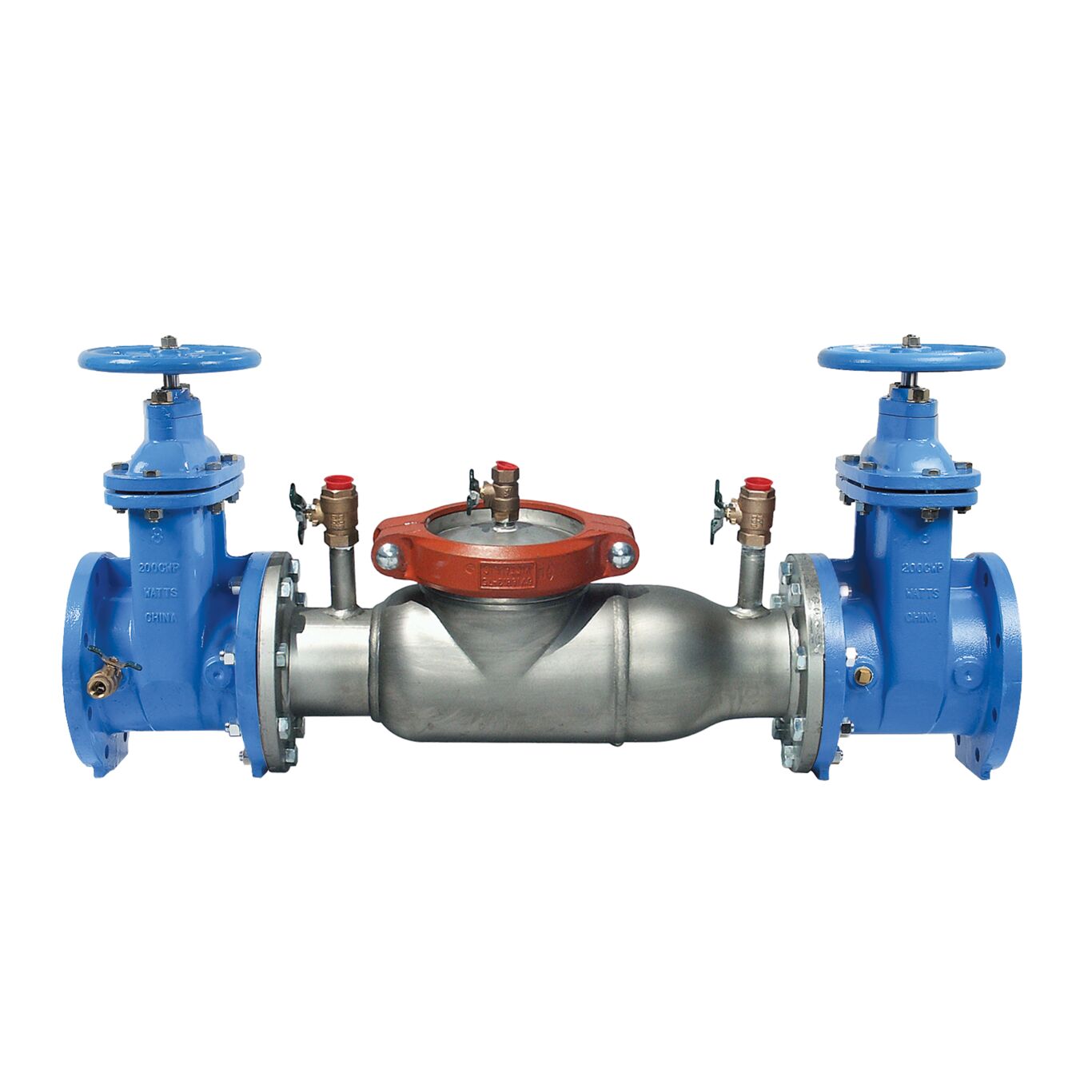

In any plumbing or industrial piping system, ensuring a clean and safe water supply is a top priority. One of the most critical, yet often overlooked, components in maintaining this safety is the backflow preventer.
Backflow preventers are designed to protect potable water supplies from contamination or pollution due to reverse flow. Whether it’s a commercial building, irrigation system, or chemical process plant, backflow prevention is not just good practice, it's often required by law.
What Is Backflow?
Backflow occurs when water flows in the opposite direction of its intended path, potentially allowing contaminated water or chemicals to enter clean water systems. This can happen due to:
-
Backpressure: When downstream pressure exceeds supply pressure (e.g., pumps or elevated tanks)
-
Backsiphonage: When negative pressure in the supply line pulls contaminants back into the system (e.g., during a water main break)
Without a backflow preventer, any cross-connection between potable and non-potable sources could result in serious contamination.
What Does a Backflow Preventer Do?
A backflow preventer is a mechanical device installed on water lines to block reverse flow. It allows water to flow in only one direction and automatically shuts off reverse flow.
Common types include:
-
Double Check Valve Assemblies (DCVAs)
-
Reduced Pressure Zone Devices (RPZs)
-
Pressure Vacuum Breakers (PVBs)
-
Atmospheric Vacuum Breakers (AVBs)
Each type is suited to specific levels of hazard and application, from low-risk lawn irrigation to high-risk chemical feed lines.
Key Applications for Backflow Preventers
Backflow preventers are essential in many environments:
-
Commercial buildings: Protecting domestic water from fire sprinkler or HVAC loops
-
Industrial facilities: Preventing process chemicals from re-entering city mains
-
Irrigation systems: Blocking fertilizer or pesticide contamination
-
Food & beverage plants: Maintaining water purity in cleaning and production systems
-
Hospitals & labs: Safeguarding medical-grade and lab water from cross-contamination
Benefits of Using Backflow Preventers
1. Protects Public Health
Backflow incidents can expose users to harmful bacteria, chemicals, or pollutants. A properly functioning backflow preventer protects drinking water and public safety.
2. Regulatory Compliance
Most plumbing codes and municipalities (including UPC, IPC, and local water districts) mandate backflow devices in certain applications. Regular testing and certification may also be required.
3. Prevents Costly Contamination
Remediating contaminated systems can be expensive and time-consuming. Preventers offer low-cost insurance against these risks.
4. Reduces Liability
Installing and maintaining a backflow preventer shows due diligence, protecting your company from lawsuits and regulatory penalties.
5. System Reliability
By preventing reverse flow, these devices also contribute to more stable system pressures and performance across equipment and distribution loops.
Maintenance & Testing
Backflow preventers are not a “set-it-and-forget-it” solution. Most jurisdictions require:
-
Annual testing by certified professionals
-
Maintenance based on usage and exposure
-
Replacement if devices fail or corrode
At Hayward Pipe & Supply Co., we recommend documenting all testing and keeping spares on hand for mission-critical systems.
Backflow Prevention at Hayward Pipe
Hayward Pipe & Supply carries a wide range of:
-
Backflow preventers from trusted brands like Watts, Apollo, and Febco
-
Devices for residential, commercial, and industrial applications
-
Replacement parts and test kits to keep you in compliance
-
Expert support to help you choose the right model and hazard class
Final Thoughts
In a world where water quality is critical and regulatory scrutiny is high, backflow preventers are not optional; they are essential. Whether you’re designing a new system or upgrading existing lines, incorporating the right backflow device ensures protection, compliance, and peace of mind.

